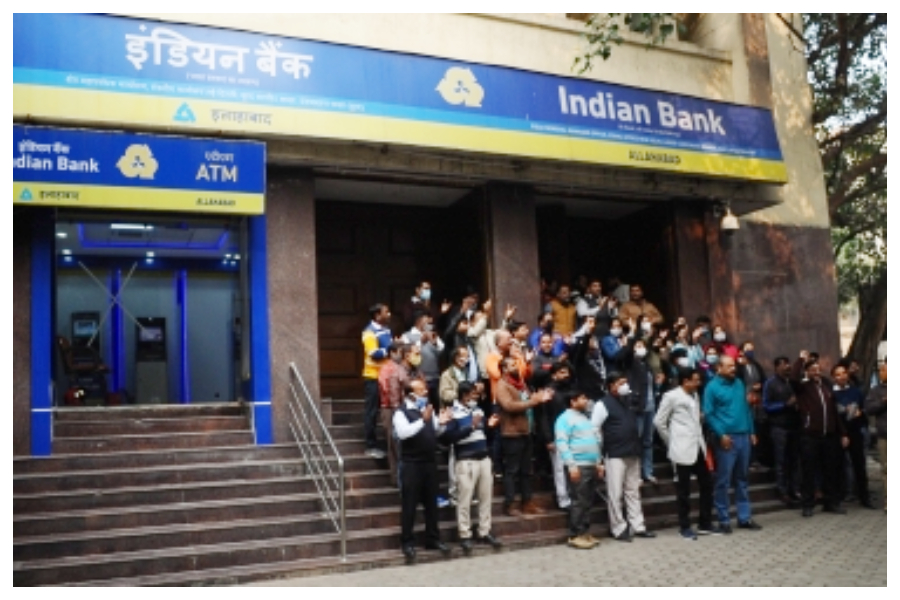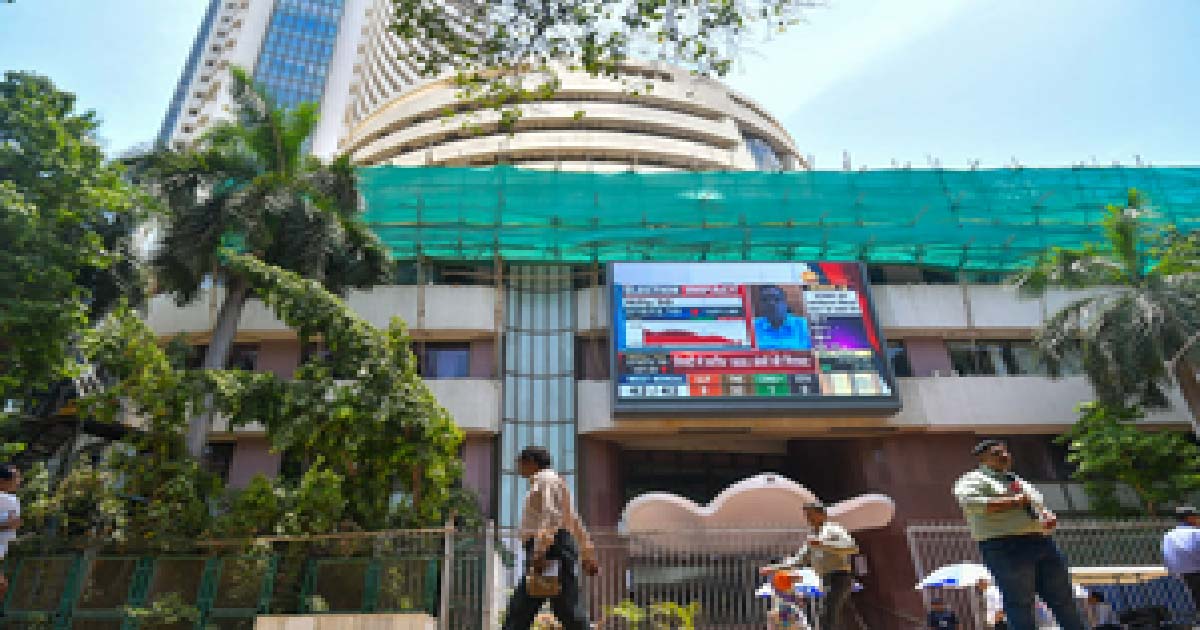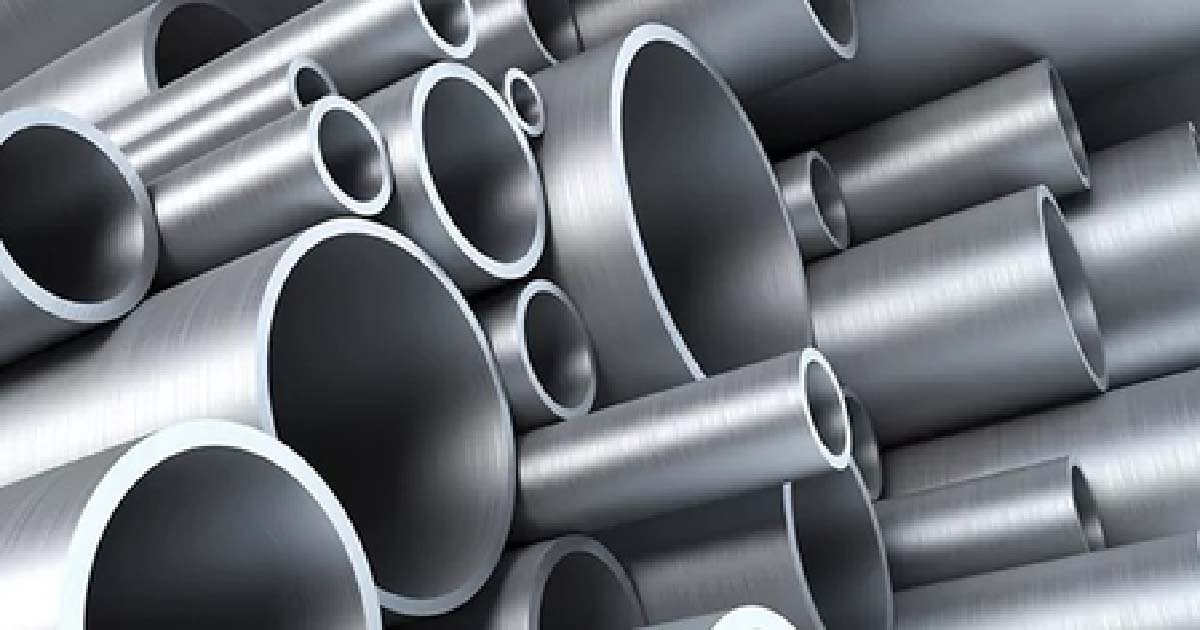Business
Indian Banks to post larger increase in margins: Moody’s

Credit rating agency Moody’s Investors Service on Monday said banks in India, Saudi Arabia and South Africa would post larger increases in margins in FY23.
Moody’s said the hike in policy rates in many G-20 emerging markets to curb inflation will improve the margins of the banks.
The rating agency also said a more rapid acceleration of inflation would necessitate higher loan-loss provisions, erasing margin gains.
“Orderly, gradual increases in interest rates will improve banking profits in most emerging market banking systems. As a result, Moody’s expects banks in India, Saudi Arabia and South Africa to post comparatively larger increases in margins in 2022-2023,” Moody’s said.
The rating agency’s focus is on banks in the ten G-20 emerging markets: Argentina, Brazil, China, India, Indonesia, Mexico, Russia, Saudi Arabia, South Africa and Turkey.
“Now that most central banks have tightened monetary policy to curb inflation, we expect inflation to abate in all ten emerging markets countries in 2023, helping contain asset risks for banks,” said Eugene Tarzimanov, Vice President, Senior Credit Officer at Moody’s.
“If inflation rates spike steeply and result in sharp increases in debt-servicing costs for borrowers, banks would have to increase their loan-loss provisions to levels that outweigh gains in margins, which would be credit negative,” Tarzimanov added.
Among the ten G-20 emerging markets, Turkey has been facing the steepest inflation, which hit 73 per cent in May 2022, followed by 61 per cent for Argentina
Rising inflation rates are mainly because of supply constraints, increases in the prices of commodities and currency pressures.
Banks’ credit costs also increase when inflation accelerates. An acceleration of inflation has also historically led to increases in credit costs in seven of the 10 systems.
Moody’s expects banks in Russia and Turkey to post larger increases in credit costs in 2022-2023. In a scenario where inflation accelerates materially and leads to significant rate hikes, credit costs will also rise in Argentina, South Africa and Brazil.
Asset risks for banks would outweigh margin benefits if inflation rises more sharply. An acceleration in inflation beyond Moody’s expectation would lead to higher credit costs that will outweigh the benefits of gains in margins. In this scenario, the profitability of Brazilian and Turkish banks will likely deteriorate more significantly than in other markets.
Business
Commercial LPG cylinder prices reduced across metros from November 1

New Delhi, Nov 1: State-run oil marketing companies have reduced commercial LPG cylinder prices across metros, offering a slight relief to businesses, starting from Saturday.
The move will provide marginal relief to thousands of small and medium-sized businesses.
According to the latest revision announced by state-run oil marketing companies (OMCs), the 19-kg commercial LPG cylinder will now cost Rs 1,590.50 in Delhi, reflecting a Rs 5 cut from the previous rate of Rs 1,595.50.
With the highest drop of Rs 6.50 per cylinder among the metros, the charge in Kolkata will now be Rs 1,694 per cylinder. Chennai will now charge Rs 1,750 (down Rs 4.50), while Mumbai now charges Rs 1,542 (down Rs 5).
For businesses that depend significantly on LPG for their everyday operations, like restaurants, hotels, and catering services, the most recent revision provides a small reprieve following a hike of Rs 15.50 that was put into effect late in September.
However, domestic LPG prices have not changed and are the same in every city.
Earlier in September, OMCs had reduced the price of commercial LPG gas cylinders by Rs 51.50. Following the revision, a 19-kg commercial LPG cylinder in Delhi was available at Rs 1,580.
Earlier, OMCs had reduced the price of a 19 kg commercial LPG gas cylinder by Rs 33.50. Before that, prices had been reduced by Rs 58.50 on July 1.
Earlier in June, oil firms had announced a Rs 24 cut for commercial cylinders, setting the rate at Rs 1,723.50. In April, the price stood at Rs 1,762. February saw a small Rs 7 reduction, but March reversed this slightly with a Rs 6 increase.
Meanwhile, the Centre had announced to provide 2.5 million free LPG connections under the Pradhan Mantri Ujjwala Yojana (PMUY) during the festival season.
Business
Nifty, Sensex end 4-week winning streak amid profit booking

Mumbai, Nov 1: Indian equity benchmarks ended their four-week winning streak, closing marginally lower this week amid profit-booking and mixed global cues.
Benchmark indices Nifty and Sensex dipped 0.65 and 0.55 per cent during the week to close at 25,722 and 83,938, respectively.
Market optimism was bolstered during the first three sessions by positive domestic economic data and China’s approval for few Indian companies to import rare earth magnets.
However, sentiment turned cautious after the US Federal Reserve cut its benchmark interest rate by 25 basis points to the 3.75 per cent–4 per cent range.
“India’s industrial output rose 4 per cent YoY in September 2025, supported by strong manufacturing activity. The US Federal Reserve hinted that the 25-bps cut might be the final one in 2025, which dampened hopes of further near-term easing,” said Ajit Mishra- SVP, Research, Religare Broking Ltd.
Further, steady corporate earnings and continued FII inflows through October helped cushion the downside, he added.
Metals, energy and realty stocks were the major contributors to the rally, while auto, pharma and IT stocks experienced profit-taking.
“While PSU banks surged on reports of a potential hike in foreign investment limits, metal counters gleamed on renewed optimism after China’s pledge to rein in steel overcapacity and signs of progress in US-China trade talks,” added Vinod Nair, Head of Research, Geojit Investments Limited.
Analysts said that capital market stocks lost momentum as SEBI’s proposed overhaul of TER structures weighed on sentiment.
Support for the Nifty is currently located close to the 25,600 zone and the 25,400 zone, while resistance is seen around 26,100, analysts said.
In the upcoming holiday-shortened week, investors are looking for cues from the final readings of the HSBC Manufacturing PMI and HSBC Services and Composite PMI data.
Investors are also keen on the India-US trade deal and trends in developed markets, while on the earnings front, several index heavyweights are set to announce their quarterly results.
Business
India aims 300 million tonnes of crude steel production capacity by 2030

New Delhi, Oct 31: India aims to achieve 300 million tonnes of crude steel production capacity by 2030, Union Minister of State for Steel, Bhupathiraju Srinivas Varma, said on Friday.
In a meeting with Sara Modig, State Secretary to Minister for Energy, Business and Industry, Sweden, here, in presence of Swedish Ambassador to India Jan Thesleff and other officials, the minister highlighted India’s growing steel sector, driven by visionary leadership of Prime Minister Narendra Modi.
Notably, India’s domestic steel demand is growing at an impressive 11-13 per cent, fuelled by large-scale infrastructure projects, while global demand faces a slowdown, according to Steel Ministry.
The discussions were held to explore collaboration opportunities in the field of research and development in Green Steel production and other advanced technologies to reduce carbon emissions.
Varma reaffirmed the invitation extended to Sweden to participate in Bharat Steel 2026, an International Conference-cum-Exhibition dedicated to the steel industry, scheduled to be held on April 16–17, 2026, at Bharat Mandapam, New Delhi.
Meanwhile, the growth rate of India’s eight core industries was recorded at 3 per cent in September this year compared to the same month of the previous year, with the steel and cement sectors recording strong growth during the month, data released by the Commerce and Industry Ministry showed.
Steel production surged by a robust 14.1 per cent in September compared to the same month of the previous year on the back of increased demand from big-ticket infrastructure projects being carried out by the government. The cumulative growth of steel during April to Sept of 2025-26 increased by 11 per cent over the corresponding period of the previous year.
The government imposed a 12 per cent temporary safeguard duty on certain steel imports in April 2025 to protect the domestic market. These measures follow previous actions and are part of ongoing efforts to safeguard the industry while promoting self-reliance under initiatives like ‘Make in India’.
-

 Crime3 years ago
Crime3 years agoClass 10 student jumps to death in Jaipur
-

 Maharashtra1 year ago
Maharashtra1 year agoMumbai Local Train Update: Central Railway’s New Timetable Comes Into Effect; Check Full List Of Revised Timings & Stations
-

 Maharashtra1 year ago
Maharashtra1 year agoMumbai To Go Toll-Free Tonight! Maharashtra Govt Announces Complete Toll Waiver For Light Motor Vehicles At All 5 Entry Points Of City
-

 Maharashtra1 year ago
Maharashtra1 year agoFalse photo of Imtiaz Jaleel’s rally, exposing the fooling conspiracy
-

 National News1 year ago
National News1 year agoMinistry of Railways rolls out Special Drive 4.0 with focus on digitisation, cleanliness, inclusiveness and grievance redressal
-

 Maharashtra12 months ago
Maharashtra12 months agoMaharashtra Elections 2024: Mumbai Metro & BEST Services Extended Till Midnight On Voting Day
-

 National News1 year ago
National News1 year agoJ&K: 4 Jawans Killed, 28 Injured After Bus Carrying BSF Personnel For Poll Duty Falls Into Gorge In Budgam; Terrifying Visuals Surface
-

 Crime1 year ago
Crime1 year agoBaba Siddique Murder: Mumbai Police Unable To Get Lawrence Bishnoi Custody Due To Home Ministry Order, Says Report












